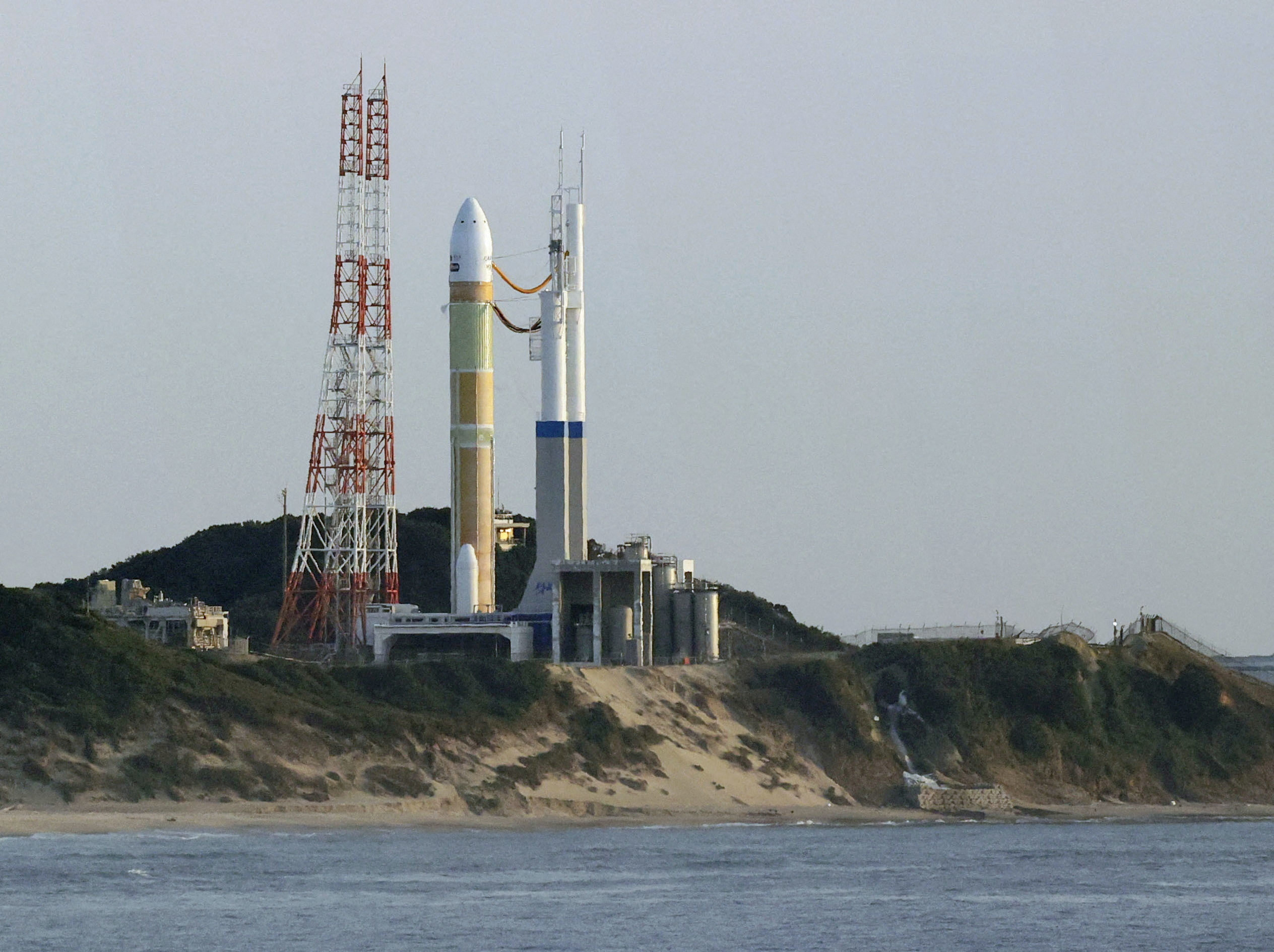Longevity, influence and the social media trap: Who do we trust with our health?
In a world where six-pack abs are flaunted more than six-point health plans, who are we really trusting […]

Japan is set to make another attempt this weekend to launch its new flagship rocket, the H3, aiming to revive its space program following the setback of the booster’s failed inaugural flight last year, which disrupted satellite and planetary exploration plans.
In addition to the recent historic “pinpoint” moon landing achieved by its SLIM spacecraft, a successful liftoff of the H3 would showcase Japan’s space capabilities to its ally, the United States, providing a counterbalance to China’s military and technological prowess.
“The success of the H3 is pivotal for Japan to demonstrate its ability to consistently launch satellites,” stated Kazuto Suzuki, a space policy professor at the University of Tokyo. “Crafting a quality spacecraft is meaningless without the capability to launch it into orbit.”
The Japan Aerospace Exploration Agency (JAXA) intends to launch its second H3 on Saturday from the Tanegashima Space Center, delaying the event by two days to avoid adverse weather conditions.
Developed by JAXA in collaboration with prime contractor Mitsubishi Heavy Industries, the H3 aims to replace the aging H-IIA rocket, slashing launch costs by half to around five billion yen ($33.2 million).
However, the H3’s debut flight in March encountered a major setback when ground control was forced to terminate the mission mid-flight due to the failure of the second-stage engine to ignite. Despite identifying potential electrical faults in a review released in October, JAXA could not pinpoint the exact cause of the failure.
Recent successful launches of the H-IIA have boosted confidence for the H3’s second attempt, according to Masayuki Eguchi, head of Mitsubishi Heavy’s defence and space business.
With the H-IIA nearing retirement after two more launches, the H3’s success is critical, especially considering the loss of the 28 billion yen ALOS-3 land observation satellite in the failed inaugural flight.
The upcoming H3 launch will carry a dummy payload weighing 2.6 tons, along with two earth observation micro-satellites from Canon Electronics and Seiren.
Measuring 63 meters (297 feet) tall, the H3 can carry payloads of up to 6.5 tons, surpassing the H-IIA’s capacity. Its streamlined design and use of automotive-grade electronics aim to reduce costs, with Mitsubishi Heavy envisioning up to six H3 launches annually once production stabilizes.
The primary mission of the H3 is to provide cost-effective access to space for Japan’s ambitious space plans, including lunar exploration projects and participation in international missions like the Artemis programme.
To compete in the increasingly crowded satellite launch market, Japan must adapt to evolving demands and competition, according to Masashi Okada, JAXA’s H3 project manager.
Unlike SpaceX’s approach of frequent test flights, Japan’s engineering methodology prioritizes error elimination, albeit at a slower pace. This cautious approach, according to Ko Ogasawara, a former Mitsubishi Heavy aerospace engineer and professor at Tokyo University of Science, ensures reliability with minimal resources.
Meanwhile, in the small rocket market, Space One, a Tokyo-based startup, plans to launch its Kairos rocket on March 9, while JAXA is yet to schedule the debut launch of its new Epsilon S rocket.

In a world where six-pack abs are flaunted more than six-point health plans, who are we really trusting […]

In the era of social media, post-COVID, and with mental health at the forefront, a shift is taking […]